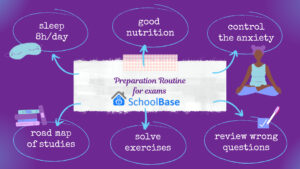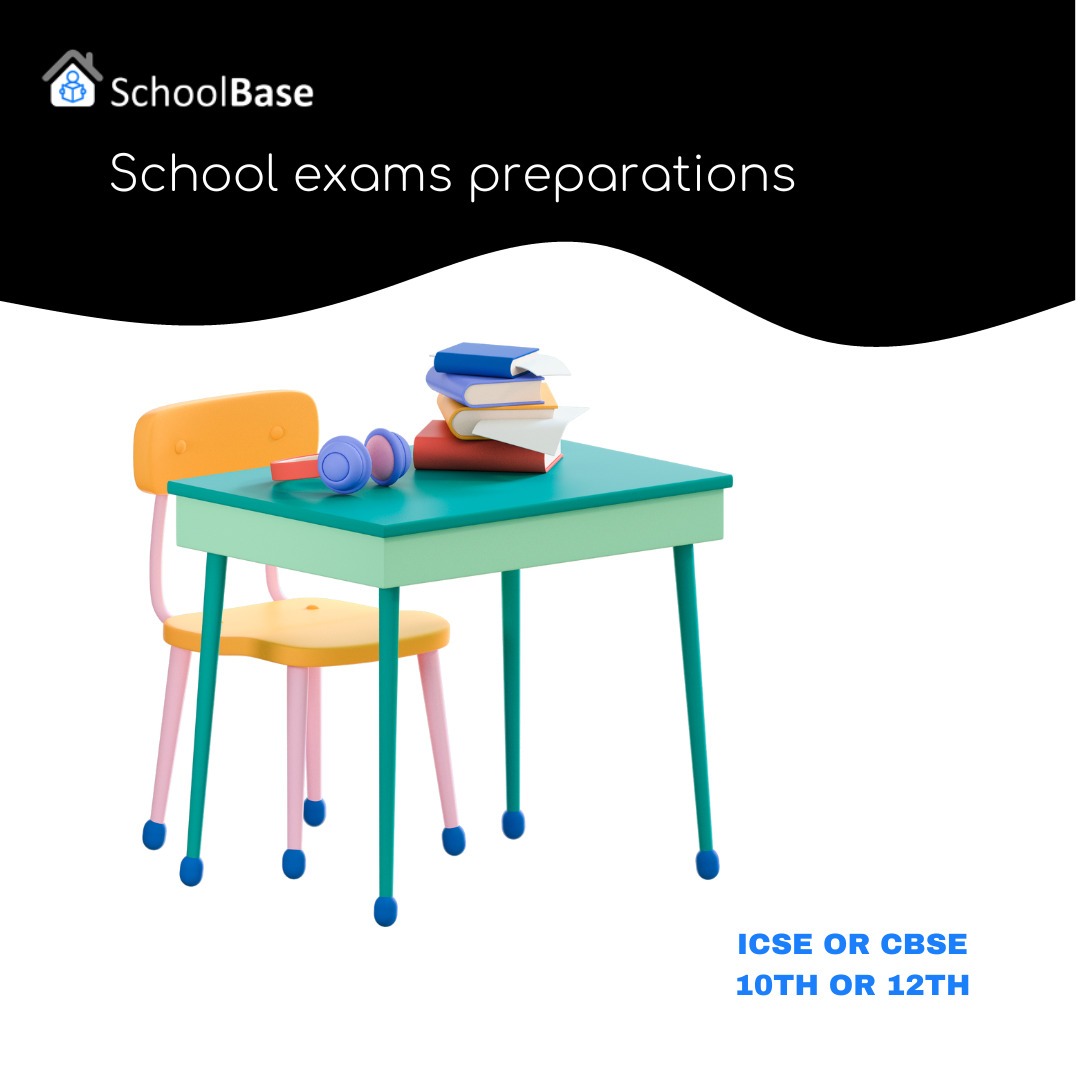The question of “NIOS vs CBSE & NIOS vs State Boards” is a common one, and it’s important to figure out which option works best for you. In this discussion, we’ll explore the differences between these educational systems, making it easier for students and parents to understand the unique features of each. By the end, we hope to help you make a smart choice that aligns with your academic goals.
The choice between NIOS (National Institute of Open Schooling), CBSE (Central Board of Secondary Education), and state boards in India involves considering various factors. Each board has its own set of characteristics, advantages, and disadvantages. Let’s explore the key differences and pros and cons of NIOS, CBSE, and state boards.
Central Board of Secondary Education (CBSE)
The CBSE stands as a national-level education board overseen by the Union Government of India. Its purview extends to numerous public and private schools. Students in the 11th and 12th grades within the CBSE system enjoy the privilege of selecting their subjects and exploring diverse combinations. CBSE follows a standardized curriculum, ensuring consistency across the country. CBSE question papers have a consistent format, with a focus on critical thinking and problem-solving. CBSE employs a more uniform evaluation system, which includes external examiners.
Advantages:
Nationwide Recognition: CBSE is one of the most widely recognized boards in India. It is accepted by most colleges and universities, making it easier for students to pursue higher education.
Uniform Curriculum: CBSE follows a standardized curriculum across the country, ensuring consistency in education and making it easier for students who relocate.
Competitive Exams: CBSE conducts various national-level competitive exams, such as JEE (Joint Entrance Examination) and NEET (National Eligibility cum Entrance Test), which can be advantageous for students aspiring to enter professional courses.
Disadvantages:
Rigidity: CBSE can be considered somewhat rigid in terms of its curriculum and examination structure, leaving less room for flexibility in terms of subject choices and teaching methods.
State Boards
State boards often incorporate local culture, languages, and needs into their curriculum, providing a more contextually relevant education.State boards have the autonomy to design their own curriculum, which may vary from one state to another.The question paper format is determined by the respective state board, and it can differ significantly from CBSE. Evaluation methods vary among state boards, and some may place a greater emphasis on subjective assessments.
Advantages:
Recognition within the State: State board certificates are generally well-accepted within the respective state, and some state board exams are known for being less stressful compared to national-level exams.
Flexible Curriculum: Some state boards offer flexibility in terms of subject choices, allowing students to tailor their education based on their interests and career aspirations.
Disadvantages:
Limited Recognition Outside the State: State board certificates may not have the same level of recognition outside the state, which can be a disadvantage for students planning to pursue higher education in other regions.
Varying Standards: The standards of education and examination systems can vary widely between different state boards, leading to disparities in the quality of education
NIOS vs Other Education Boards
The NIOS, entrusted with the responsibility of conducting secondary and senior secondary examinations for open schools. The NIOS adopts different levels corresponding to distinct classes, illustrated briefly below:
OBE LEVEL A (equivalent to Class 3)
OBE LEVEL B (equivalent to Class 5)
OBE LEVEL C (equivalent to Class 8)
SECONDARY COURSE (equivalent to Class 10th), and
SENIOR SECONDARY COURSE (equivalent to Class 12th).
Examinations are scheduled twice annually, offering students flexibility through an on-demand examination option at the secondary and senior secondary levels. With an impressive 2.2 million admissions, the NIOS stands as the world’s largest open schooling system.
- NIOS introduces an alternative to conventional education through its distance education programs at the 10th and 12th levels.
- Unlike other boards, NIOS accommodates students who face setbacks in their class 10 or 12 board exams by offering On Demand examinations, enabling them to pass failed subjects in the same academic year.
- NIOS extends the Transfer of Credits facility, permitting students to transfer marks for two subjects from other boards, including CBSE, ICSE, and state boards.
- NIOS allows nine attempts to pass its board exams, in contrast to the limited three chances provided by CBSE and other state boards.
- NIOS imposes no upper age limit for exam eligibility, providing an inclusive opportunity for students to pursue education irrespective of age. This flexibility is particularly beneficial for school dropouts aiming to complete their education within a five-year timeframe.
For individuals facing personal commitments or constraints hindering attendance in regular classes, NIOS emerges as the ideal solution. As the world’s largest open board with a strong reputation, NIOS awards the same qualifications as traditional boards.
In the realm of education, collaboration between teachers and parents is crucial to support students of all ages. Schoolbase stands out as an excellent platform where complete guidance and support is available for those facing challenges under conventional education system and are looking for alternatives under open school system.
To know more about the support we can extend to your child, please reach out to:
Mr. Vinay Kumar at +91 6361938556.

